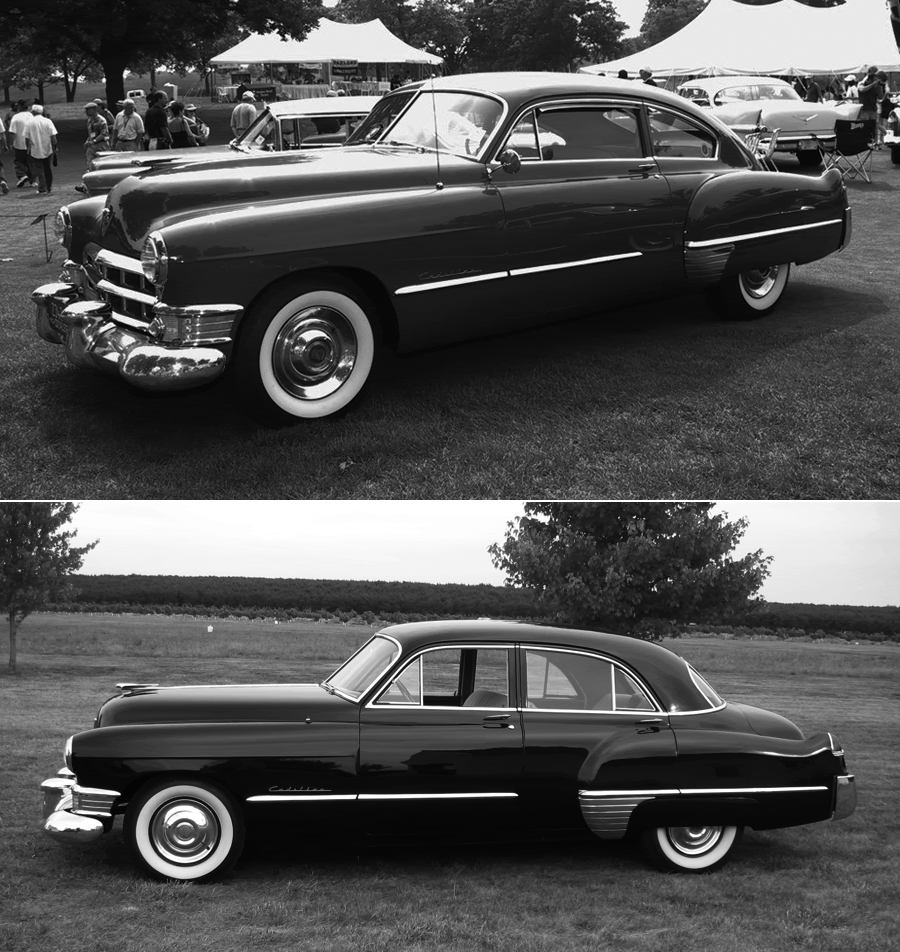I like this idea of a period Batman. If I were doing a retro Batmobile I don't think you need to adapt an existing car. Maybe I'd start with something like a '48 or '49. Cadillac as a template and work from there. I could envision something of a bat like symbol incorporated into the front end and bat fins integrated into the rear fenders without getting too outlandish.
I don't think you could do Lucius Fox in the '40s except as technical guy. Certainly not as someone running Wayne Enterprises.
I'd continue to ignore Robin.
I don't think you could do Lucius Fox in the '40s except as technical guy. Certainly not as someone running Wayne Enterprises.
I'd continue to ignore Robin.




